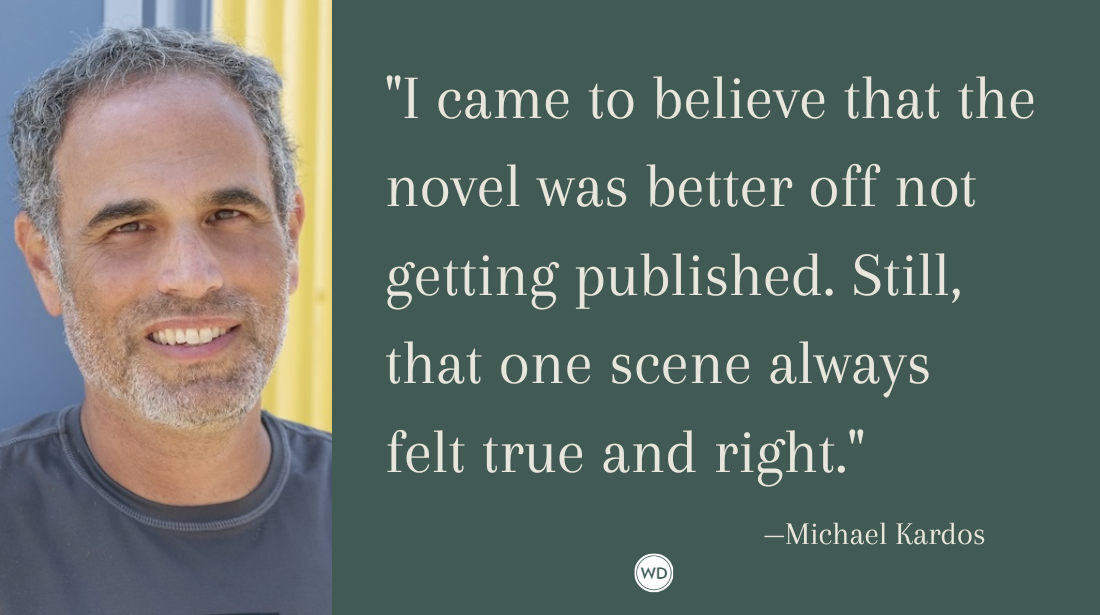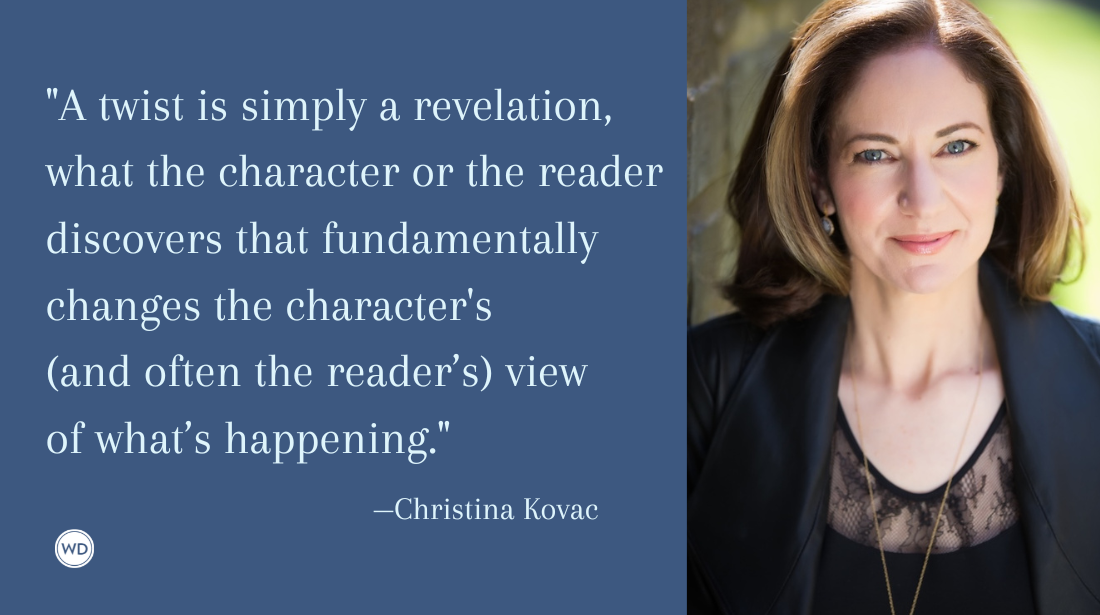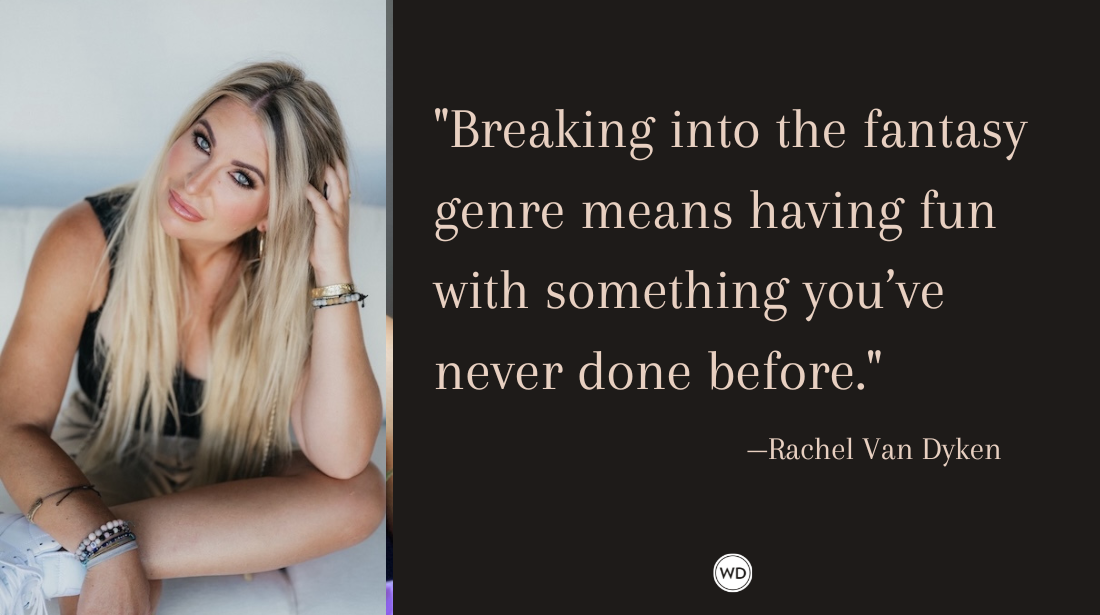Writing Steampunk: Plots, Characters, Settings & More
Reading and writing steampunk can be a lot of fun. Here’s what you need to know to write well in this genre.
Does your novel run on steam? Since the steampunk subgenre first emerged in the late 1980s as an increasingly popular offshoot of the science fiction and fantasy genres, gear-encrusted guns, corsets, airships, tiny hats and matching parasols have come to grace the covers of modern adventures and romances alike. These visual cues signal “steampunk ahead!” Reading and writing this subgenre can be a lot of fun, but that doesn’t mean writing steampunk isn’t serious business.
Steampunk straddles some of the dividing lines between fantasy and science fiction as it looks to the re-imagined past with nostalgia. While no specific elements of steampunk are absolutely essential, there is a generally understood group of features, at least some of which should be included for a work to be recognized as steampunk:
- A story set within a world using a real or imagined version of the technology of the 19th century
- Technology and devices driven by steam power or counterweighted clockwork
- Victorian-era class and economic structures
- Implicit or explicit social critique
- An adventure-oriented plotline
- An emphasis on the empowerment of individuals in the face of industrial standardization and the advance of modern bureaucratic government
Of course, story elements are not enough. As with all worthwhile novels, you first need a strong plot, fascinating characters and an engrossing setting. Couple this with a sense of unbridled fun and a range of inventive technologies, and your steampunk novel will clank, hiss, whirr and creak to life.
Steampunk Plots
It’s helpful to think of the steampunk subgenre as a “skin” or a style rather than a deep genre of its own. This skin can be applied to a variety of genres, and thus a wide range of plot structures and devices are available. Consider steampunk romances such as Meljean Brook’s The Iron Duke (2010), steampunk Westerns such as Felix Gilman’s The Rise of Ransom City (2012) and steampunk mysteries such as George Mann’s The Affinity Bridge (2008).
Much of steampunk literature falls into the category of a hero’s journey, which can take the form of an adventure quest or the struggle of a benighted or outcast individual to find her way back into or around society. But a steampunk plot can also focus on outsider conflict, for which the Victorian class structure and political environment offers very fertile ground. Even where steampunk concerns itself with the powerful, you will find conspiracy plots akin to thrillers, wheels within wheels driving action and shaping changes for the protagonists and secondary characters alike. Classic plots also work well, such as divergence between two main characters’ goals. This is usually the case in steampunk romances.
The main thing to keep in mind when plotting a steampunk story is that a sense of fun, often bordering on sheer, walleyed weirdness, is one of your best keys to the subgenre. Steampunk was born to be an over-the-top form. The characters might be wry, understated persons of mordant wit and significant accomplishment, but if you give them a story that carries the reader along in a flood of action, you will fulfill the promise of steampunk.
Steampunk Characters
All types of characters inhabit the world of steampunk, with an emphasis on the economy, culture and technology of the times. The common archetypes include the
scientist-as-hero, the polymath (a Renaissance man or woman), the commoner or laborer, and the explorer.
The most obvious, perhaps, is the scientist-as-hero, such as Langdon St. Ives in James P. Blaylock’s novel Lord Kelvin’s Machine (1992). One of the key elements driving steampunk is the nostalgia for a technology that was accessible to any competent, educated pair of hands with the right tools and a suitable workshop.
Closely related to the scientist-as-hero is the polymath. The Victorian era is often seen as the last period in history where a well-educated man or woman could have a grasp on nearly all human knowledge. In Gail Carriger’s Parasol Protectorate series, Madame LeFoux, a supporting character, is well-versed in history, science and several languages, and can manufacture ornithopters, tanks and cunning devices such as weapons concealed within parasols.
In real life, the deep specialization required in modern science and engineering and academic disciplines was already coalescing in the 19th century, but the trope of the all-knowing (if not all-wise) polymath is still viable within the steampunk framework. A character who possesses a wide range of knowledge appeals to modern technophilic readers immersed in a world of constantly evolving gadgetry, goods and services.
Keep in mind that you don’t need to keep your sights focused on society’s elites. Another steampunk character archetype is the navvy—someone from the working class, perhaps one of the laborers who worked so hard on the construction of the glorious brass-riveted airships steaming their way through your narrative skies. Consider the intersection between the fallen nobility and the aspiring commoner, a dynamic that Scott Westerfeld leverages in his novel Leviathan. Westerfeld’s main character, Deryn Sharp, is both a commoner and a girl disguised as a boy who joins the British Air Service. Her brilliance as a midshipman brings her into contact with several upper-class characters.
*****
Get Feedback (from an Agent) on Your Plot for One Flat Price
You'll Love This Plot Critique Service If:
—You're looking for a professional critique of your plot
—You want to know what an agent thinks about the strengths and weaknesses of your plot
—You want a clear idea of how to revise your plot to ensure the most compelling story
*****
Another favorite steampunk archetype is the Victorian explorer. In this last era before air travel, much of the world was not yet mapped in detail. This gives you the freedom to create characters who search for lost cities in the desert, find uncharted islands in the deep ocean and discover glittering caverns carved with the faces of ancient, eldritch gods. You can research plenty of hair-raising narratives of real-life exploration to help prime the pump of your imagination.
A final consideration when contemplating steampunk character types is to reflect on the genre that underpins your steampunk story. Remember, steampunk can be a “skin” for an underlying genre, be it a Western, a bodice-ripping romance, an occult horror story or an espionage thriller. Each of those genres and subgenres comes with its own stock cast of archetypes and stereotypes. Look for intersections between your core genre and the flash of steampunk. That’s where well-fleshed, fully formed and engrossing characters will arise in your writing.
Steampunk Settings
As the saying goes, a story starts out with a character with a problem in a setting. The setting of your steampunk novel is the stage on which your characters will act out their desires, hatch their fiendish plans and meet their just (or unjust) desserts. Steampunk, with its obsession with the rococo excesses of Gilded Age technology, design and style, provides opportunities for developing glorious settings on which to play out your stories.
The classic default setting is some version of Victorian London, suitably modified to support the fantastic or science fictional elements of your story. The economic and political heart of the globe in late-19th-century London offers an infinitely diverse urban geography, the cutting-edge technology of the times and the seat of the British Empire with all the pomp and politics that implies.
However, London and the British Empire have become something of a cliché. If you’re going to play there, do it well. Authors Gail Carriger and Karina Cooper embossed their own and very different stamps on London. Or look beyond the British capital to other parts of the world.
The American West, especially in the post-Civil War era, has been fertile ground for steampunk. The
lingering trace of the old magical world, the fading ghosts of Native American culture, the half-healed social wounds of the War Between the States, and the vastly varied terrain of North America all intersect to provide a rich breeding ground for setting.
If you want to escape Eurocentrism, look further back to the New World, where pre-Columbian cultures of great sophistication flourished along the river courses, coastlines and high mountain valleys of two continents. Or look to China and a culture where technology was already flourishing when the ancestors of the Victorians still wore uncured animal skins and hunted with sticks. Some focused reading and research into the history of the world and of non-Western cultures in particular will provide many choices for fascinating settings and backgrounds that carry the rich texture of reality as well as the novelty that so many readers crave.
Steampunk Technologies
In some ways, technology is the Achilles’ heel of steampunk. Much of the subgenre relies on “rubber science” to cover a multitude of impossibilities around the power-to-weight ratios and the strength of materials involved in using steam for real-life applications. There are some very good engineering reasons why no one ever successfully built a steam-powered airship in real life.
It’s a truism in speculative fiction that you get one impossible thing for free. In science fiction, this might be faster-than-light travel or artificial intelligence. In fantasy, this can be the magic sword the farm boy finds in the rafters of his grandfather’s hut. In steampunk, readers will give you a free pass for the technological improbabilities that infuse much of the work within the subgenre. Everything that follows that first impossible thing will have to be justified in your text.
A number of technological signifiers help mark a narrative as steampunk. The airship is a notorious symbol of the genre—one I’ve been guilty of heavily exploiting in my own work—and it serves several symbolic purposes. Airships float above the earth, detached from mundane terrestrial concerns, providing the escape of travel with the romance of a bygone era.
Other technologies come into play as well: steam power plants; cunning clockwork mechanisms; Gatling guns; Congreve rockets and early generations of repeating rifles; railroad locomotives; land walkers; and steam-powered elephants.
Invented technology should fit the type of story you’re telling. For example, mechanical ladybugs attack the protagonist in one installment of Carriger’s witty Parasol Protectorate series. In Cherie Priest’s darker Boneshaker, protagonist Zeke Wilkes must face the consequences of his father’s Incredible Bone-Shaking Drill Engine.
Much as with questions of setting, questions of technology are a basic part of steampunk’s view of the world. The common plots, the archetypical characters, the times and places the stories take place in—these are all informed by the technologies of both the real Victorian era and the imagined Victorian era of our steampunk dreams.
Remember that steampunk is first and foremost a style. An understanding of the real history of the Victorian era, combined with awareness of modern critique of the attitudes embodied in that era’s legacy, will ground you to build that style in your own work.
Following the throughline of steampunk plots, characters, setting and technology will create the stage for your stories and set mechanisms of wondrous device marching across that stage in quickstep. Learn this, internalize this, make it your own, and your steampunk will shine, clank and hiss with the best of them.
Jay Lake was the author of Kalimpura (Tor Books) and Love in the Time of Metal and Flesh (Prime). His short fiction appeared regularly in literary and genre markets worldwide. He received the John W. Campbell Award for Best New Writer and was a multiple nominee for the Hugo and World Fantasy Awards.









